Top Methods for Remote Computer Troubleshooting
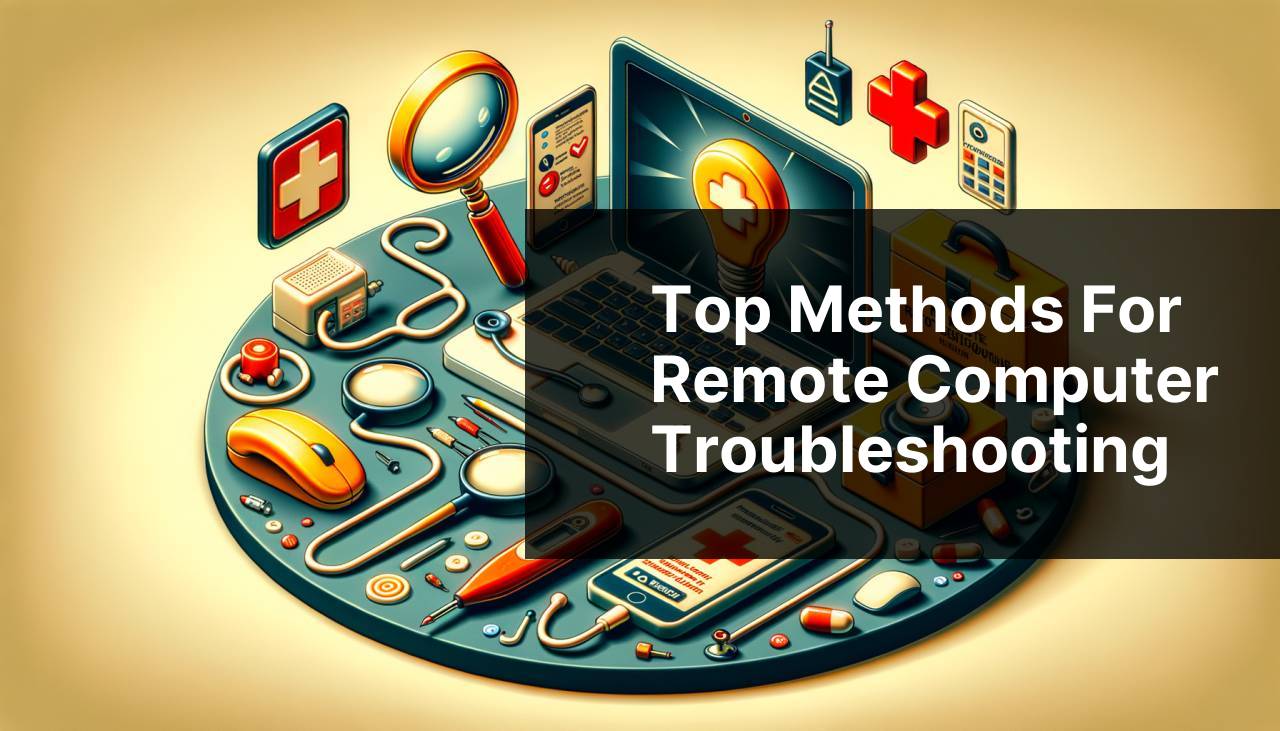
In today’s digital age, remote computer troubleshooting has become more essential than ever. Whether it’s assisting a friend with a stubborn software issue, supporting a family member from afar, or resolving IT problems for remote employees, having the right tools is vital. Below, we explore the best methods for remote computer troubleshooting. These methods are not only efficient but also user-friendly, making remote tech support a breeze. From remote desktop software to troubleshooting apps, discover how you can resolve issues without being physically present. Let’s dive in!
HelpWire
HelpWire is a leading remote desktop solution that enables secure remote connections to manage and troubleshoot computers from any location. I’ve personally used HelpWire to assist both colleagues and family members who faced technical issues. This software ensures seamless remote access with high-level encryption, maintaining user privacy and data security.
Pros
- User-friendly interface
- High-level encryption for secure connections
Cons
- Can be resource-intensive
- Requires stable internet connection
TeamViewer
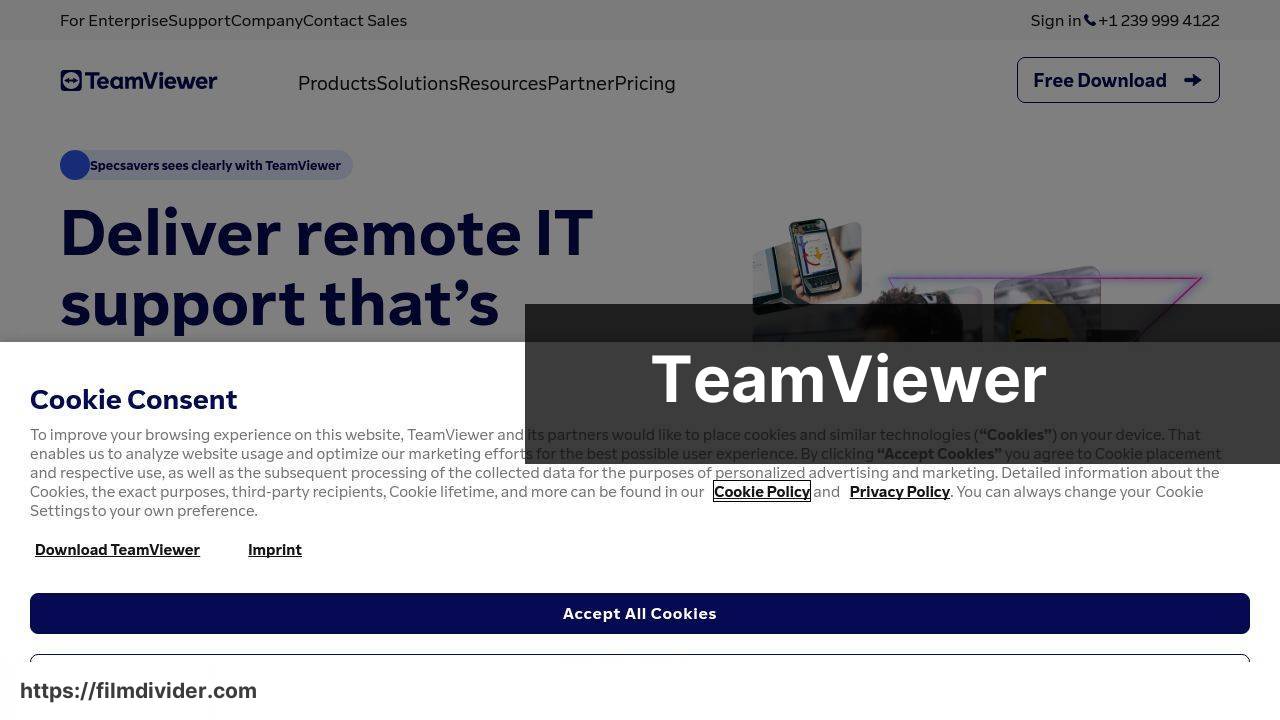
TeamViewer is known for its simplicity and ease of use. It enables remote access and support for a variety of devices, including computers and mobile devices. With its cross-platform compatibility, you can offer support regardless of the operating system in use. Its performance in low-bandwidth environments is a notable strength.
Pros
- Cross-platform compatibility
- Optimized for low-bandwidth environments
Cons
- Can be expensive for commercial use
- Possible security warnings or false positives from antivirus software
Zoom
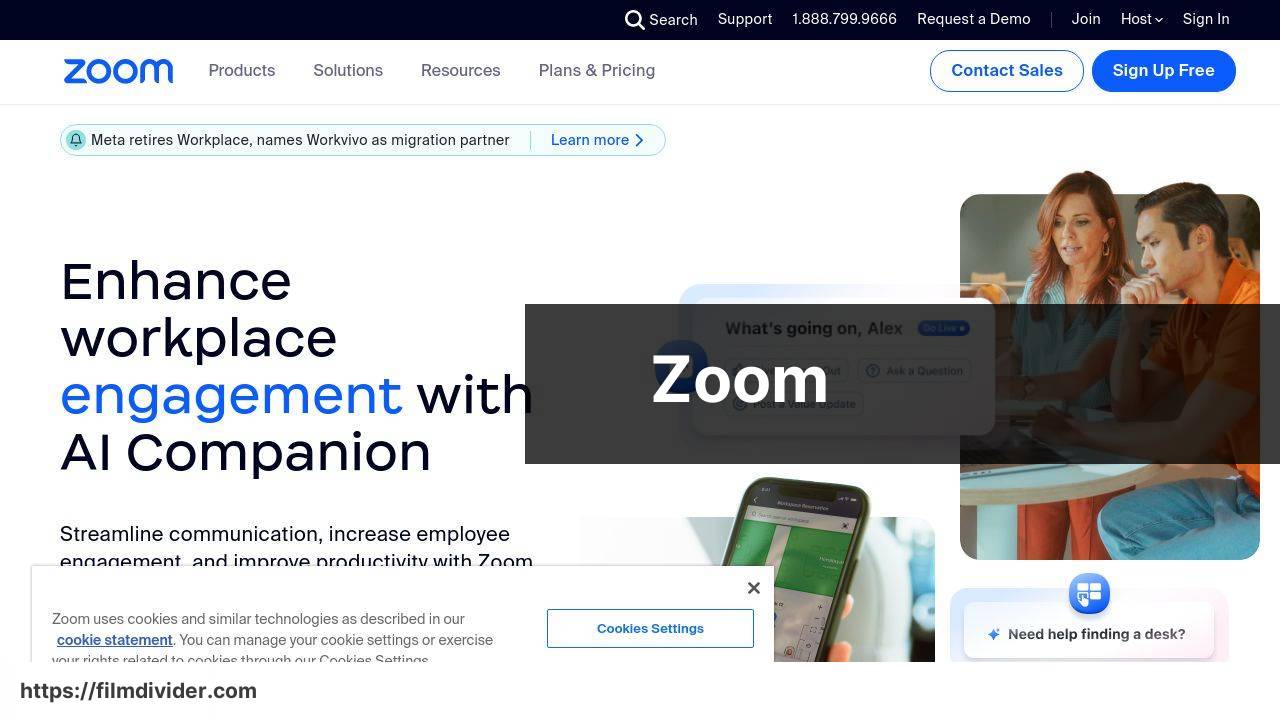
While primarily known for video conferencing, Zoom also has robust screen sharing features that facilitate remote troubleshooting. You can view the user’s screen, take control when necessary, and chat simultaneously. This capability makes it an excellent multipurpose tool for real-time collaboration and technical support.
Pros
- Integrated video conferencing and screen sharing
- Real-time collaboration features
Cons
- Requires good internet bandwidth
- Privacy concerns regarding meeting security
LogMeIn
LogMeIn is another powerful remote access tool that supports easy file sharing and manages multiple remote connections efficiently. It’s ideal for small businesses that require ongoing remote IT support. Its strong security features ensure that all remote sessions are safe and encrypted.
Pros
- Strong encryption and security features
- Efficient management of multiple connections
Cons
- Higher cost compared to some alternatives
- Resource-intensive software
AnyDesk
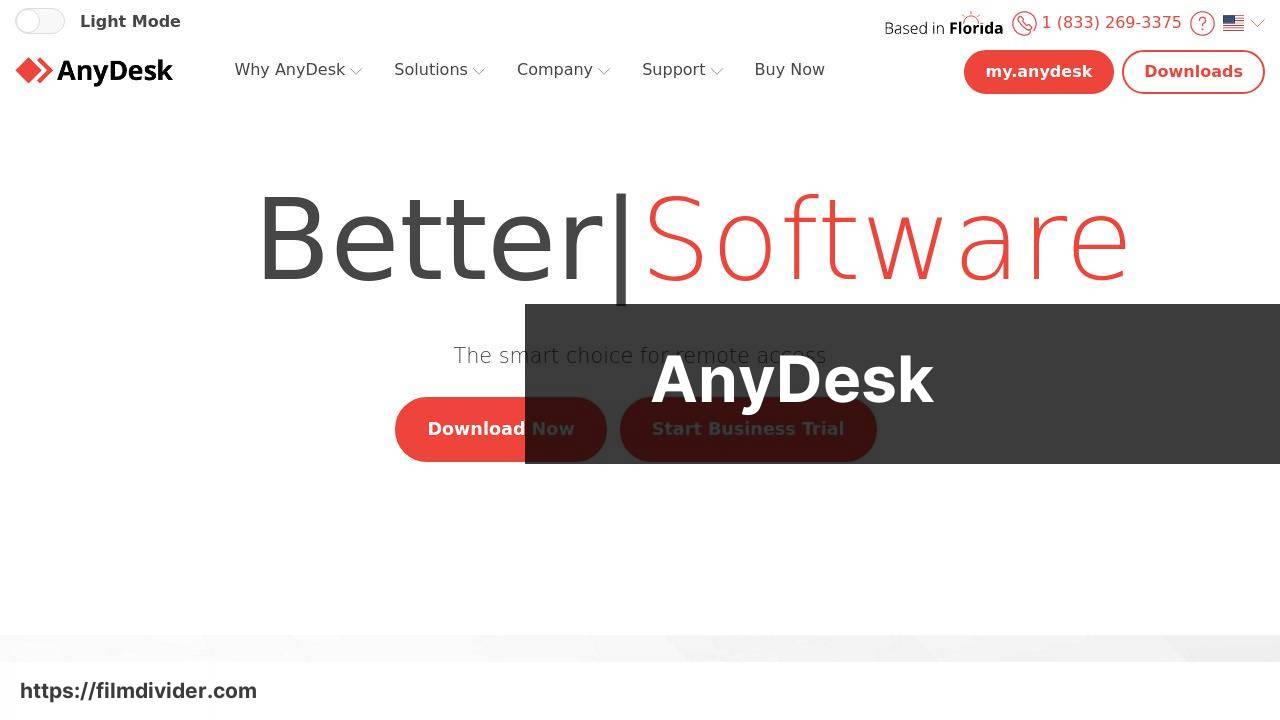
AnyDesk offers a fluid and responsive remote desktop experience. It’s particularly praised for its low latency and real-time collaboration capabilities. AnyDesk is perfect for quick fixes and troubleshooting tasks because of its high speed and lightweight nature.
Pros
- Low latency and fast performance
- Lightweight and easy to install
Cons
- Limited free version
- Some advanced features locked behind paywall
Chrome Remote Desktop
Chrome Remote Desktop is a free tool by Google that allows users to connect remotely to another computer. It’s easy to set up and use, as long as both parties have the Chrome browser installed. This makes it a convenient and accessible option for less technical users needing simple and free remote troubleshooting.
Pros
- Completely free and easy to use
- Accessible via Google Chrome browser
Cons
- Limited to Chrome browser
- Not as feature-rich as other options
Windows Remote Desktop
Windows Remote Desktop is built into the Windows operating system, providing seamless integration and remote troubleshooting capabilities for Windows users. It’s a reliable option for those within a Windows ecosystem, offering familiar interfaces and robust set-up features for professional use. It is highly efficient for system performance checks and tasks.
Pros
- Integrated into Windows OS
- Robust and reliable
Cons
- Not available on non-Windows devices
- Complex set-up process for novice users
Splashtop
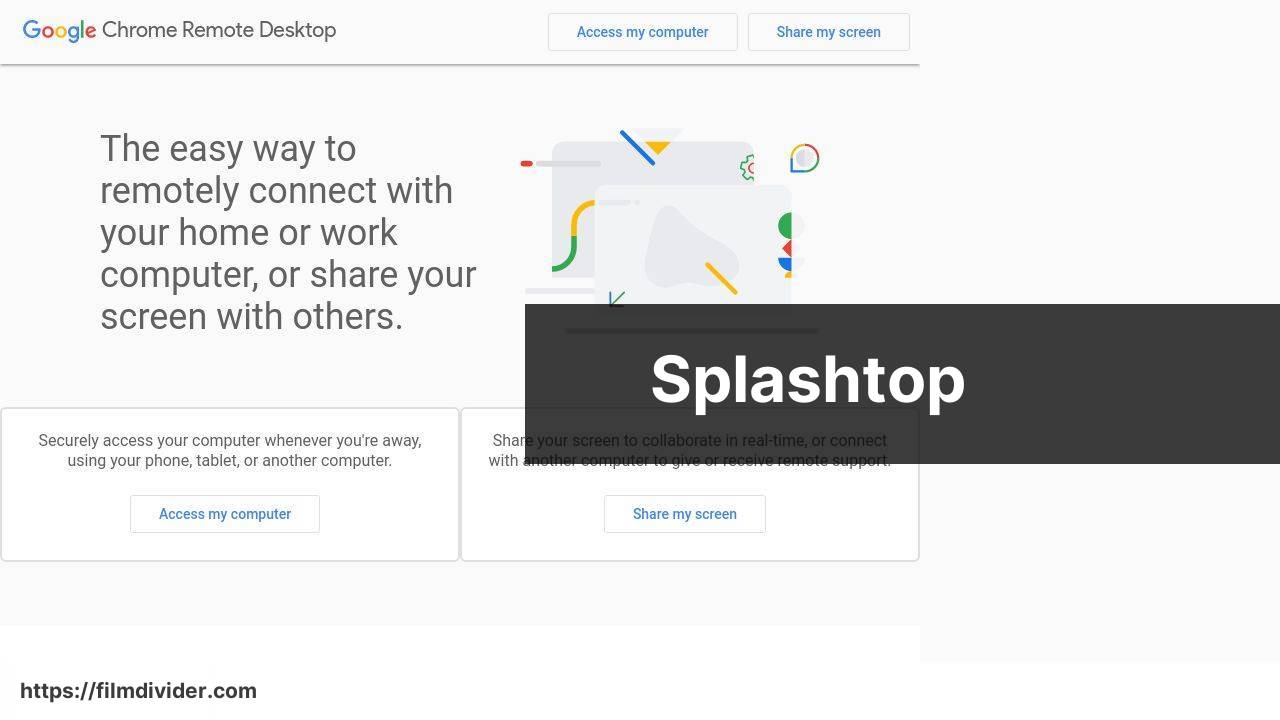
Splashtop is a high-performance remote desktop service that offers smooth video streaming and excellent control over remote devices. It is well-suited for businesses and individuals looking for reliable and cost-effective remote support solutions. Splashtop focuses on providing secure access with two-factor authentication and encryption.
Pros
- High-quality performance and low latency
- Affordable pricing plans
Cons
- May not support all operating systems
- Free version has limited features
Watch on Youtube: Top Methods for Remote Computer Troubleshooting
Conclusion:
In addition to using high-quality remote desktop software for troubleshooting, consider these supplementary methods and tips:
Phone Support: Sometimes, a quick phone call can help resolve minor issues. Guiding a user step-by-step through a process can be very effective, especially for simple tasks.
Email Guides: Creating and sending detailed guides via email can be helpful for recurring issues. These guides should contain screenshots and clear instructions, enabling users to resolve problems on their own if they occur again.
Online Forums and Communities: Platforms like Stack Overflow and Reddit’s tech support community can be invaluable resources. You can find solutions to common problems and get advice from other tech-savvy individuals.
Regular System Maintenance: Keeping systems updated and running regular maintenance can prevent many issues before they start. Ensure that both hardware and software diagnostics are part of a routine check-up.
An extensive list of the best tools for remote troubleshooting can be found in this best software for remotely troubleshooting computers article.
For more detailed guides and tutorials, websites like How-To Geek and Tech Support Alert are excellent places to start.
Combining these methods with the use of advanced tools like HelpWire ensures that you are well-equipped to handle a variety of troubleshooting scenarios, providing efficient and effective solutions for remote issues.
In my experience, remote desktop software is the best way to troubleshoot computer issues. I recently found an article that provides an excellent list of the best free remote desktop tools. The recommendations are thorough and practical, making it easy for both IT pros and casual users to find the right solution. The article’s insights have been invaluable in enhancing my remote support process. If you’re looking to streamline your remote troubleshooting, this article is a must-read.
https://www.linkedin.com/pulse/top-free-remote-desktop-software-windows-helpwire-fvfne/
FAQ
What are some effective remote computer troubleshooting methods?
Key methods for remote computer troubleshooting include using remote desktop applications, command-line tools, and cloud-based diagnostic software. These tools facilitate seamless access to and control over distant systems.
How can remote desktop applications assist?
Remote desktop applications enable tech support to take control of a user's computer from a distance, allowing real-time issue identification and resolution. These tools often include chat and file transfer features.
What role do command-line tools play?
Command-line tools can diagnose and repair issues without requiring a graphical interface. Scripts and commands allow precise, in-depth troubleshooting, particularly useful for server and network issues.
How effective are cloud-based diagnostic tools?
Cloud-based diagnostic tools offer extensive monitoring and alerting capabilities, identifying problems before they escalate. Their centralized dashboards provide a comprehensive view of system health across multiple devices.
Why use screen sharing tools?
Screen sharing tools allow both parties to view the same screen simultaneously, simplifying the explanation and identification of problems. They are particularly helpful for real-time collaborative troubleshooting.
How does collaborative software benefit troubleshooting?
Collaborative software enables multiple technicians to work simultaneously on the same issue, leveraging collective expertise. Tools with annotations and session recordings enhance problem-solving efficiency.
What is the importance of remote hardware diagnostics?
Remote hardware diagnostics use specialized tools to assess hardware health remotely, detecting issues like overheating or failing components. This can be crucial for maintaining hardware performance without physical access.
How do automated scripts assist in remote troubleshooting?
Automated scripts can perform routine checks and fixes, streamlining the troubleshooting process. These scripts can be scheduled to run at regular intervals, ensuring ongoing system maintenance.
Are chatbots useful in remote technical support?
Chatbots can handle initial troubleshooting steps, providing solutions for common issues. They can also gather preliminary information before escalating to a human technician, saving time and resources.
Where can I find reliable remote desktop tools?
Reliable remote desktop tools can be explored on platforms like TeamViewer and AnyDesk, which offer secure and user-friendly interfaces for both personal and professional use.
